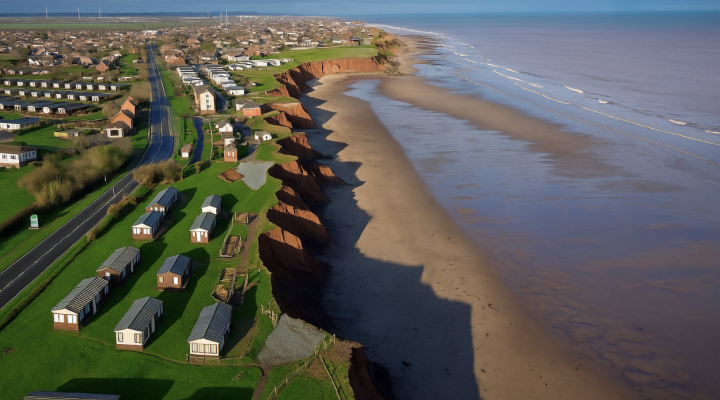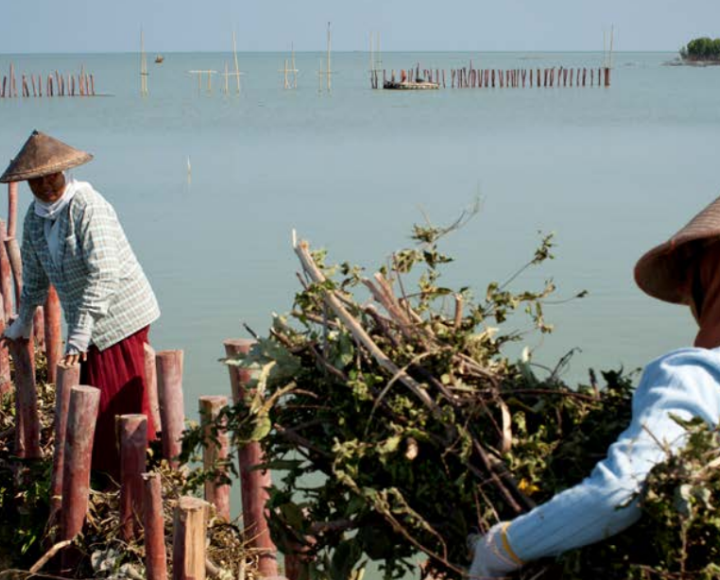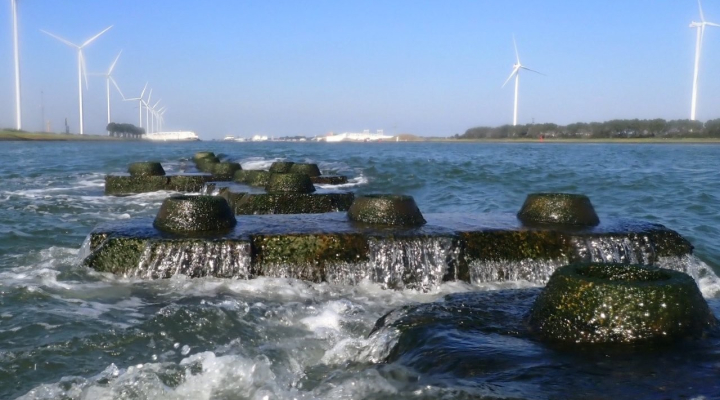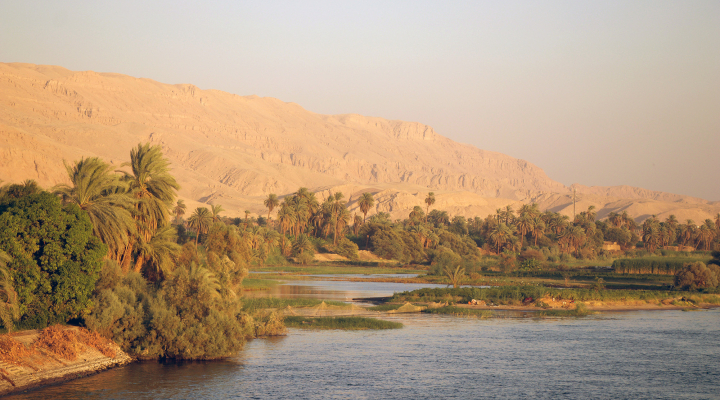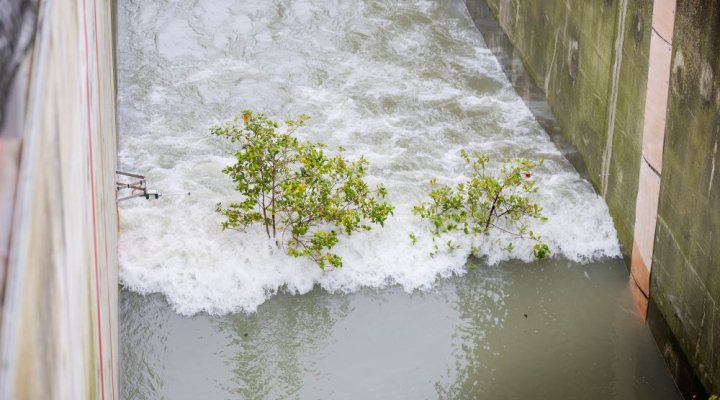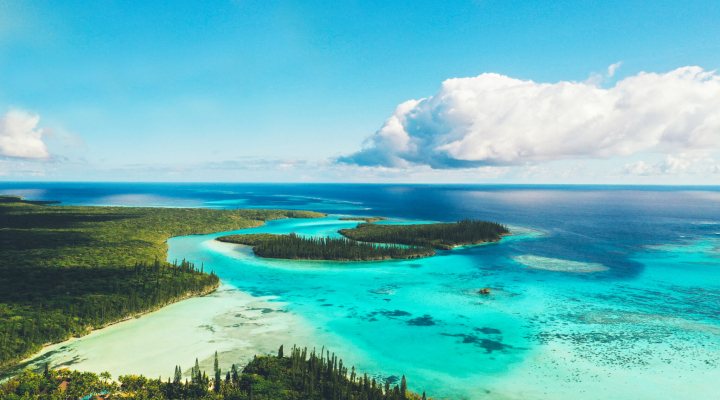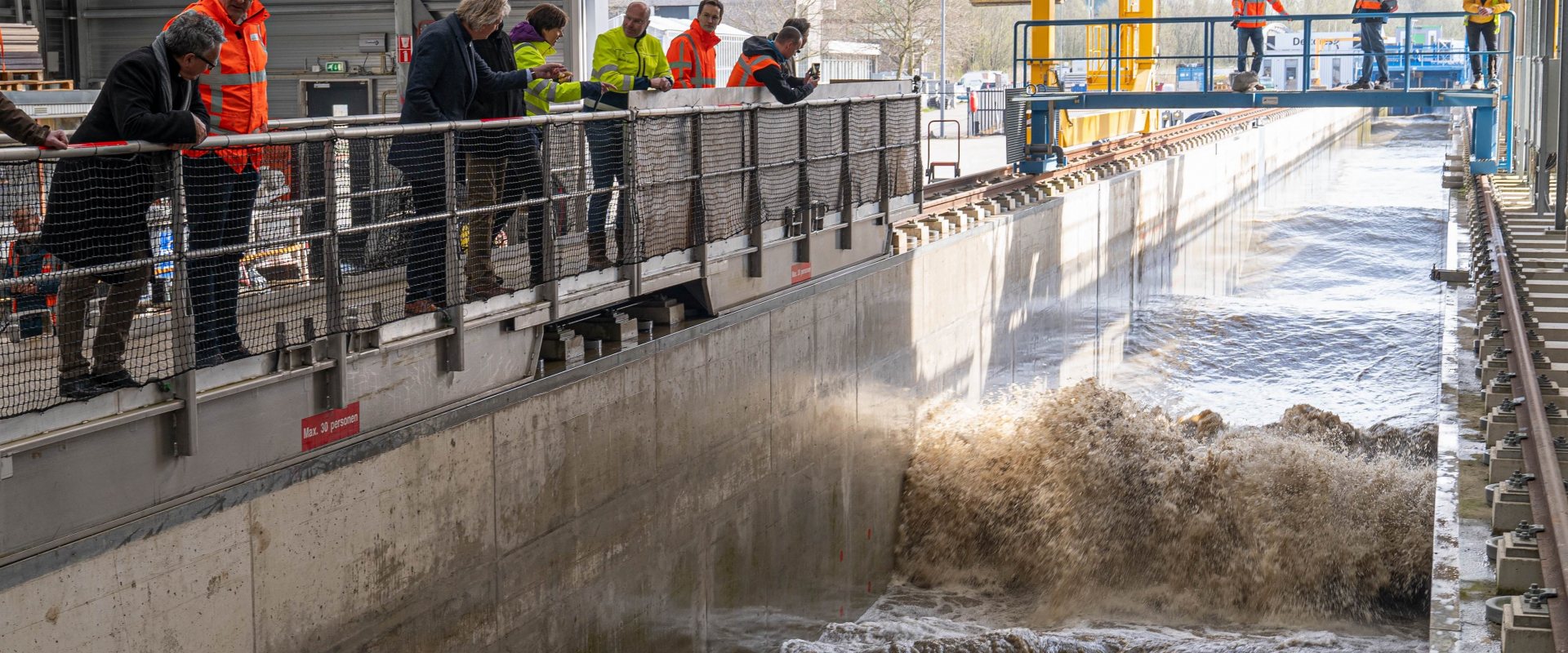
Levee of ripened clay tested in Delta Flume
In its Delta Flume, research institute Deltares started a series of wave flume tests on a full-size cross-section of a levee made of ripened clay.
The tests simulate the conditions of a superstorm and have to show the ability of ripened clay to withstand erosion when applied as a construction material in sea walls.
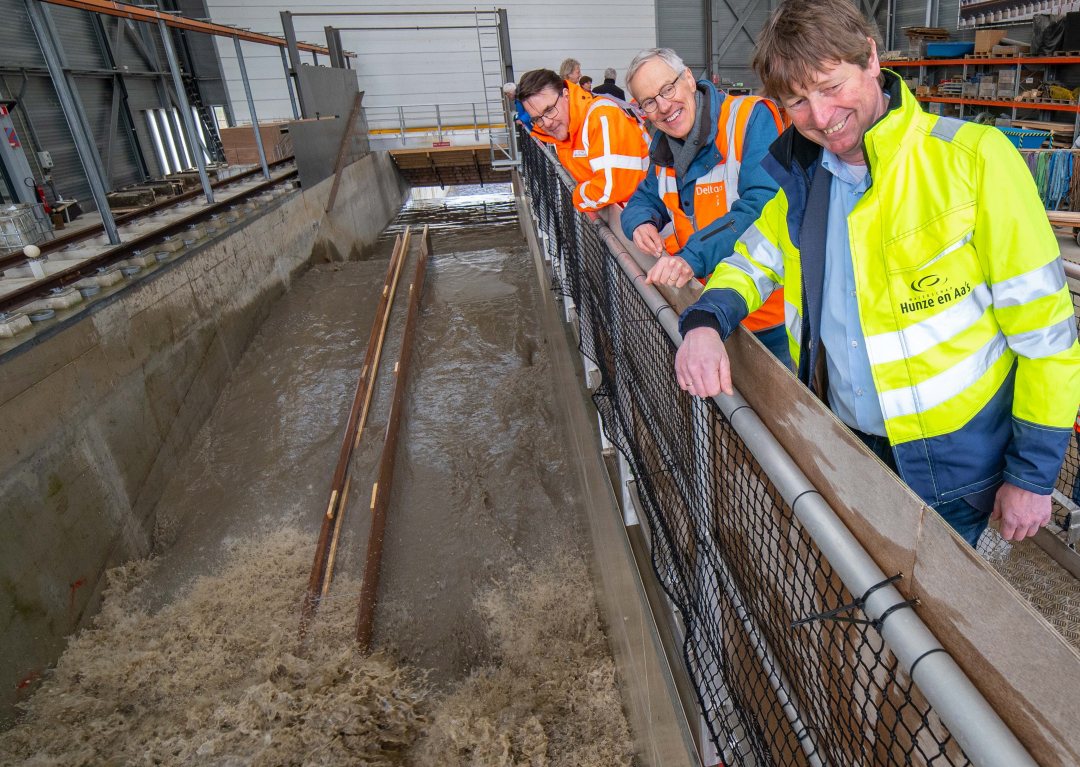

High quality clay
Many levees in the Netherlands are covered with a layer of clay that meet high quality standards. The clay origins from natural clay mining depots along rivers. In case the clay is used for sea walls it required to have a high fraction of lutum and a little fraction of sand, salt and organic matter.
The clay that is now being tested at Deltares originates from a sediment depot for dredging materials from the Eems-Dollard estuary that is rich of clay minerals, however containing higher concentrations of salt and organic matter.
The clay has ripened in the depot for three years.
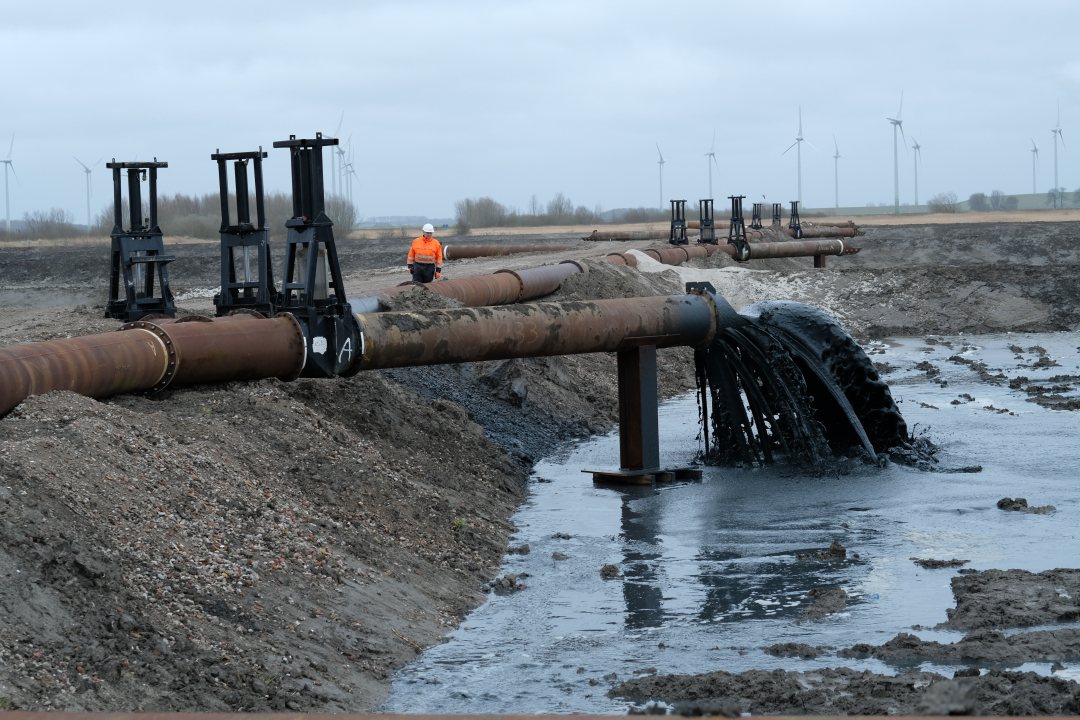

Building with nature
The research programme looks at different ways of transforming sediment into clay soil. The local water authority Hunze en Aa's wants to know if it is possible to recover large amounts of clay minerals that can be used as construction material for a new type of levee, called Broad Green Dyke.
Such a levee will have a gentler slope compared to the current levee. The advantage of a long slope is that it mutes the wave run-up. On the other hand the slope requires much more material.
Next to the local production of clay, the removal of the clay minerals improves the water quality in the estuary.
The use of local clay minerals in a levee is a Building with Nature concept that uses Nature-based Solutions for the construction of coastal infrastructure.
Wave impacts
The wave tests at Deltares are to proof that the 1,85 m thick layer of locally extracted ripened clay is as strong as the current clay levees. The results will also increase the predictability and applicability of locally extracted material in the Netherlands and abroad.
Following the current tests in the Delta Flume will be a series of wave tests on constructions made from original materials that will be taken from the original levees.
These results can be compared with the test results on the ripened clay construction.




